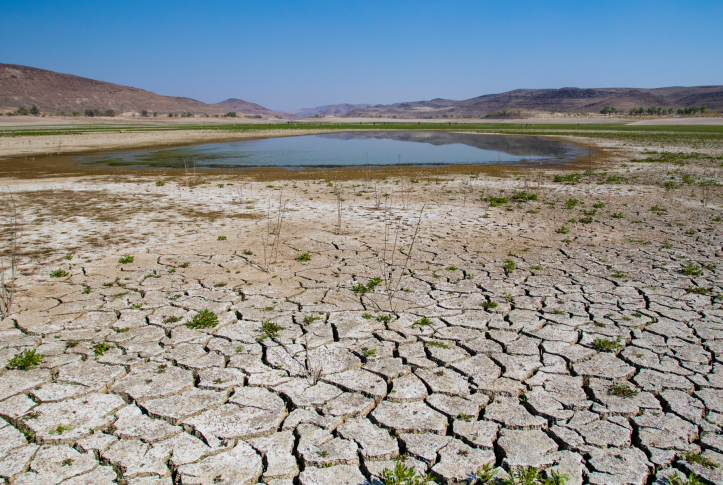Next week, representatives from nearly 200 nations will meet in Egypt for the 27th Conference of the Parties of the United Nations Framework Convention on Climate Change (COP27). At last year’s conference, 47 nations — representing more than a third of global health emissions — committed to reducing the carbon footprint of their health systems under the COP26 Health Programme. Fourteen of these nations committed to reaching net zero emissions in their health systems by 2050 or earlier.
Unfortunately, there has been little progress in advancing these goals, making it crucial for this year’s meeting to shift from negotiations and planning to action if the health sector is to play a meaningful role in addressing climate change’s consequences.
Climate Change Is Increasingly Harming Health
As the Lancet Countdown report published last week shows, climate change continues to undermine health in the United States and around the globe. Consider just a few of the 43 measures tracked in the report:
- Heat remains the leading cause of weather-related death in the U.S., with heat-related mortality increasing by an estimated 74 percent from 2000–04 to 2017–21.
- In 2020, there were approximately 32,000 deaths in the U.S. resulting from exposure to air pollution, with a large portion (37%) driven by the burning of fossil fuels.
- Disease-transmitting ticks and mosquitos are thriving in new parts of the U.S. and for greater portions of the year, with the length of time mosquitos can spread dengue up 48 percent from 1951–60 to 2012–20.
Health systems are having to respond to the impacts of a changing climate on their communities as they recover from the COVID-19 pandemic and face new challenges, including workforce shortages and growing costs.
Nations Starting to Act
One year after the COP26 Health Programme, some nations have begun to take concrete action. For example, the Norwegian government is assessing current greenhouse gas emissions from its health sector with the goal of developing a roadmap for how to reach a sustainable, low-emission health sector, which they hope to publish in 2023. In April in the U.S., the Biden administration called on hospitals and other health care organizations to pledge to reduce greenhouse gas emissions by 50 percent by 2030. More than 60 health care organizations representing over 650 hospitals have signed the pledge. And U.K. hospitals and health systems are now required to take action to cut their emissions, as embedded into legislation passed in July.
In October, the Australian government committed $3.4 million over four years (and $0.7 million a year ongoing) to develop a National Health and Climate Strategy, supported by a National Health Sustainability and Climate Unit. In a similar way to the Office of Climate Change and Health Equity (OCCHE) in the U.S., the Australian unit will address emerging health risks resulting from climate change and coordinate climate change response across the health system. Critically, however, the Australian unit has dedicated funding, which the OCCHE still lacks.
In addition, national strategies to decarbonize the energy and transportation sectors, like the Inflation Reduction Act in the U.S., will make significant contributions to reducing health sector emissions, especially given how much indirect emissions from the supply chain contribute to emissions in health care.
Goals for COP27 and Beyond
If they intend to comply with COP26 pledges, national governments will have to act expeditiously to reduce health care emissions. They might consider the following steps based on experience and evidence to date:
- Set clear targets to reduce emissions across health care. In addition to the ultimate goal of net zero health care emissions, interim targets and supporting measures would spur progress.
- Allocate funding to support implementation of new approaches. While there is growing support for the climate agenda in health care, making progress will require dedicated resources and funding.
- Introduce regulations and incentives to encourage action. Given that health systems are still recovering from COVID-19 and facing new challenges, they will need financial incentives and supports, like those in the Inflation Reduction Act.
- Share best practices and innovations. Innovations in health care delivery that could reduce emissions are emerging all over the world and from all levels of health care.
- Drive action across the health care supply chain. The majority of health care emissions are driven by indirect sources, including energy and the clinical and nonclinical supply chains; reducing these emissions will be essential if health systems are to reach their decarbonization goals. To do so, health care organizations can partner with the businesses that make up the supply chain.
- Engage the public and health care workforce. Nations that have committed to the COP26 Health Programme must inform the health care workforce and the broader public of steps they can take. Climate change will have a broad impact on human health, and we can all play a role in reducing health care’s carbon footprint.




